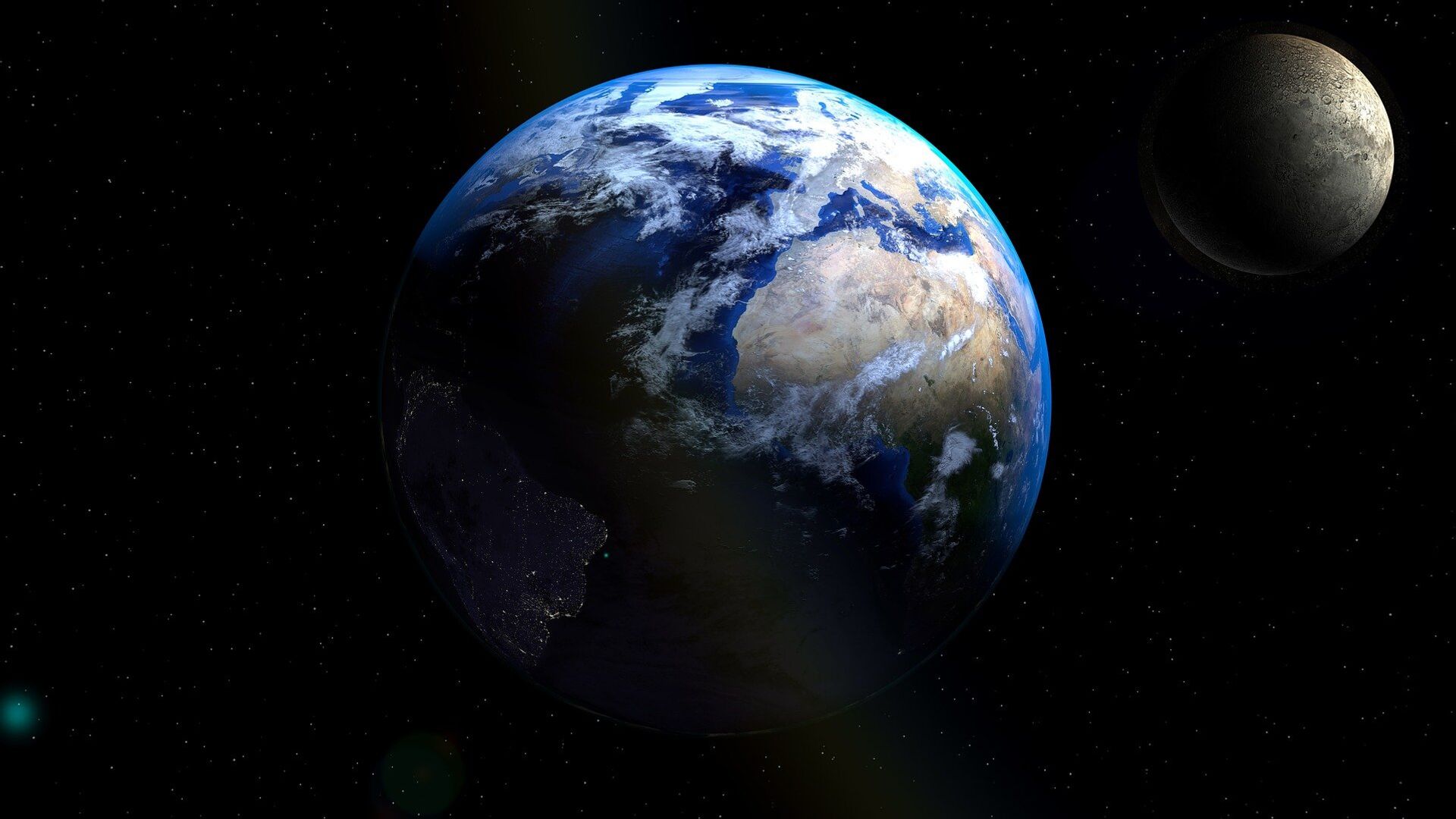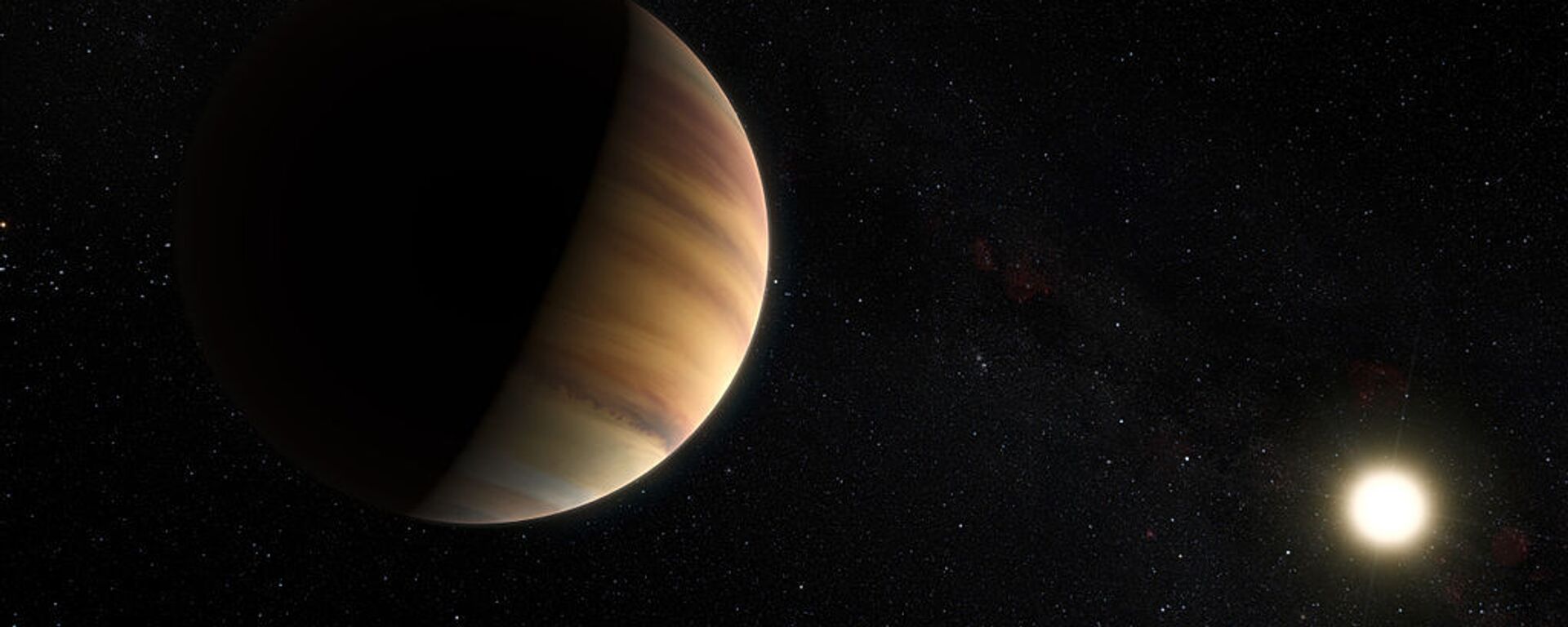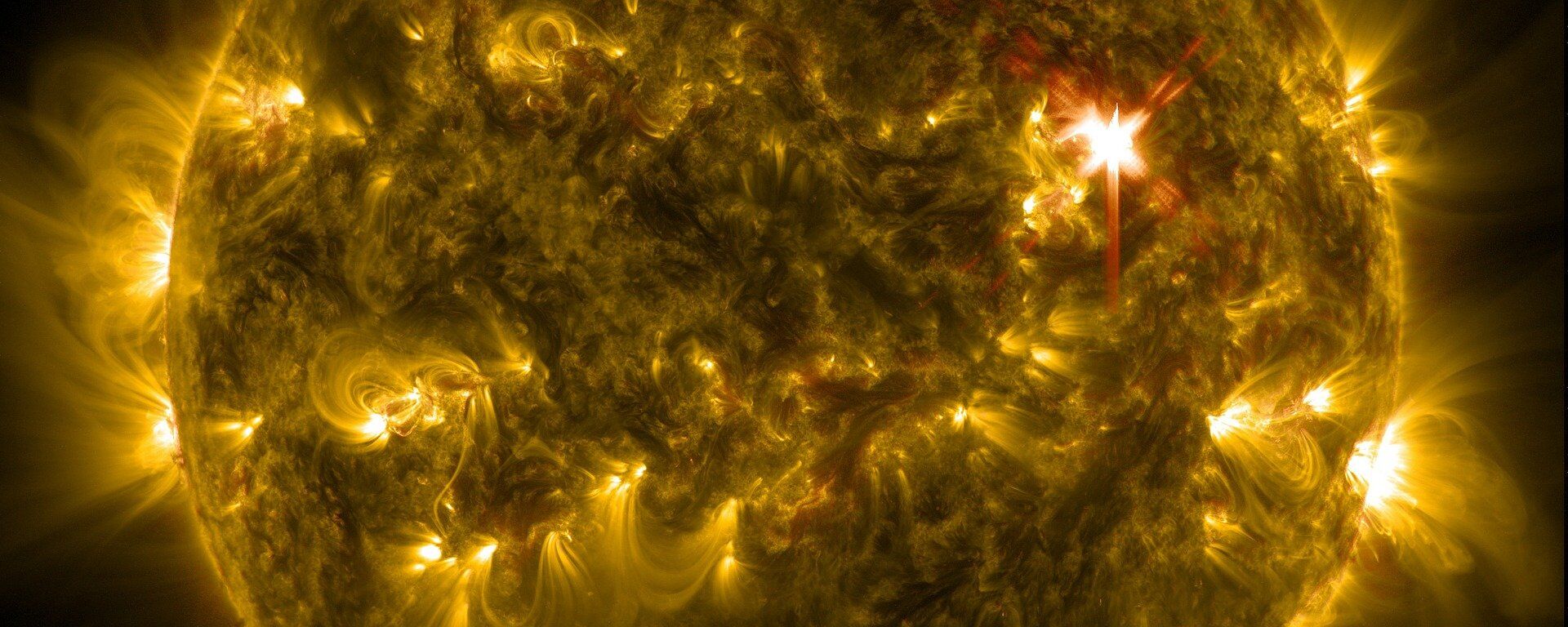Scientists May Have Solved One of Earth's Biggest Mysteries
15:34 GMT 10.07.2022 (Updated: 10:10 GMT 30.11.2022)

CC0 / Pixabay /
Subscribe
Over the years scientists have come up with multiple theories to explain how the Earth was formed, with some venturing that the collisions of the raw materials that formed our planet generated a huge amount of heat and vaporised the lighter elements.
An international team of researchers from Switzerland, Germany, the US, Australia, and France may have solved the mystery of how the Earth was formed.
“The prevailing theory in astrophysics and cosmochemistry is that the Earth formed from chondritic asteroids. These are relatively small, simple blocks of rock and metal that formed early on in the solar system,” Paolo Sossi, professor of experimental planetology at ETH Zurich and the study's lead author, explains.
However, "the problem with this theory is that no mixture of these chondrites can explain the exact composition of the Earth, which is much poorer in light, volatile elements such as hydrogen and helium than we would have expected,” Sossi says.
Sossi's team believes that the planets in the Solar System former over time, with smaller grains growing into the planetesimals (small bodies of accreted gas and dust) by accumulating material via their gravitational pull.
They came up with this theory after taking a closer look at the Earth's isotopic composition. Some scientists assumed that collisions of the materials that later formed our planet resulted in massive amounts of heat and vaporised the lighter elements.
However, the Sossi-led team disputes this assumption:
“The isotopes of a chemical element all have the same number of protons, albeit different numbers of neutrons. Isotopes with fewer neutrons are lighter and should therefore be able to escape more easily. If the theory of vaporisation by heating were correct, we would find fewer of these light isotopes on Earth today than in the original chondrites. But that is precisely what the isotope measurements do not show,” Sossi elaborates.
According to the study, unlike chondrites, planetesimals have been heated enough to create a separation between their metallic core and rocky mantle. What's more, these small bodies of accreted gas and dust formed around the Sun - at different times, they can have different chemical compositions, too.
Sossi's team ran simulations of thousands of planetesimals colliding to determine if the could reproduce bodies similar to Mercury, Venus, Earth, and Mars. So, what did they arrive at?
The simulations showed that a mixture of numerous planetesimals could have formed our planet, but also that a planet with the Earth's composition is the most statistically likely outcome.
“Even though we had suspected it, we still found this result very remarkable. We now not only have a mechanism that better explains the formation of the Earth, but we also have a reference to explain the formation of the other rocky planets,” Sossi said, referring to Mercury, Venus, and Mars. “The mechanism could be used, for example, to predict how Mercury’s composition differs from that of the other rocky planets. Or how rocky exoplanets of other stars might be composed.”


